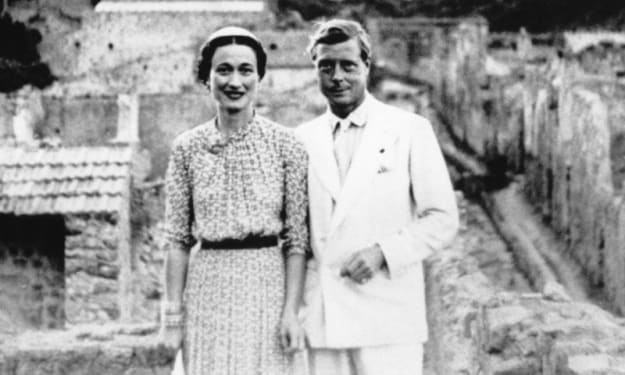
Emily was born in Cheltenham in 1856. As was the norm then, she left school at an early age for an apprenticeship in dressmaking, at Scarborough, at the company at Marshall and Snelgrove (you may have heard of the names). From an early age, Emily learnt her trade in dressmaking, starting with picking up pins off the floor.
Having a good eye for fashion and color, with good business sense, Emily went into business with her husband, Haigh Clapham, in 1887. Using their savings, the business couple bought No.1, Kingston Square. It was here that Emily opened her first dressmaking salon, and it was a good place to “set up shop” because Kingston Square was a respectable address in Hull. Just opposite was the city’s Assembly Rooms where dances and social gatherings were always taking place. The salon soon got its reputation for producing dresses of ‘exquisite’ quality and Emily very quickly became “Madame Clapham”.
This attracted ladies of high society from Hull and east Yorkshire, but also from the ladies of Royalty. Madame Clapham became famous for her exclusive designs, always giving attention to detail, and (unusually for a woman at this time), Emily had good business ‘sense’. Selecting elements from gowns that were produced by London and Paris fashion houses, she would piece the dress together, making her own design. The team of dressmakers (working under Madame Clapham) would “create” these beautiful and stunning gowns.
The business expanded and by 1912, it encompassed No.s 1, 2 and 3 Kingston Square. Madame Clapham never advertised, relying instead on recommendations from her clientele. In time, the salon was making gowns for duchesses and countesses. In 1911, Madame Clapham supplied a robe and mantle which was worn by the eighth viscount Chetwynd who attended the coronation of George V. One of ‘Madame’s’ most loyal and influential customers was Muriel Wilson, who was the daughter of Arthur Wilson, who, with his brother, ran the largest privately owned shipping company in the world (at that time). Muriel purchased and wore many gowns designed and ‘created’ by Madame Clapham, including her wedding and bridesmaids gowns, for her wedding in 1917.
By 1897, the salon of Madame Clapham was designing dresses for the debutantes who were presented at Court. Now calling herself “Court Dresser”, Madame started designing gowns for Princesses and Queens, Queen Maud of Norway being her most famous client. From the 1920’s onwards, she was visiting Sandringham twice a year to show a selection of gowns to Queen Maud (who was the daughter of Edward VII). The salon windows were displayed with the words: “By Appointment to Her Majesty Queen Maud of Norway”.
Madame Clapham employed 150 women in a variety of roles, from dressmaking to modeling gowns in the luxurious show-rooms. Emily was a strict authority figure, with blue eyes and blonde hair, and she always wore elegant floor-length dresses in black or navy. She was a Christian Scientist and, with her husband, well traveled. At the salon, there was a staff hierarchy. Apprentices were called “young ladies” and they were not allowed to talk while they were working. Every employee was given a brass ticket with their own personal number stamped on it, which they placed in a box every day, when they started work. Being late meant that they had their wages cut. Despite the strict rules, the ‘ladies’ who worked there were proud to be working in such a famous salon. Madame was known for presenting her ladies with generous gifts when they left to marry.
Madame Clapham would visit London to keep up to date with the latest styles, and she would visit Paris three or four times a year to view the collections of various fashion houses and purchase ‘model’ gowns. However, Madame struggled to adapt to the post-war fashions of the 1920’s. The department stores were creating ‘off the peg’ designs at more affordable prices, which led to the salon functioning on a much smaller scale. The salon was severely affected during World War Two when fabric was rationed. Emily Clapham died in 1952 in Yorkshire, and her niece, Miss Emily Wall, took over the running of the salon until it closed in 1967.
Emily ‘Madame’ Clapham was an unusual woman who ran her own business at a time when men owned everything. Her talent for designing dresses with her knowledge of business produced a very fashionable and popular salon. I had never heard of “Madame Clapham” before, and caught her name whilst reading a book on Domestic Service. Her dresses are exquisite, stunning and beautiful, and Madame was able to ‘adapt’ her style after the First World War, when women changed what they wanted to wear. After the Second World War, made-to-measure clothes were in decline, plus rationing of fabric, finally closed the salon. Emily Clapham can still be found within the pages of the History of Fashion.
( If you enjoyed reading this article, please feel free to like / subscribe / leave a tip or go over to my website to read more on The Fashion World: https://sarah-s-story-book.webnode.co.uk/ )
About the Creator
Ruth Elizabeth Stiff
I love all things Earthy and Self-Help
History is one of my favourite subjects and I love to write short fiction
Research is so interesting for me too
Enjoyed the story? Support the Creator.
Subscribe for free to receive all their stories in your feed. You could also pledge your support or give them a one-off tip, letting them know you appreciate their work.






Comments
There are no comments for this story
Be the first to respond and start the conversation.